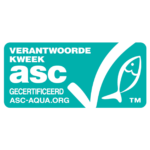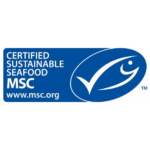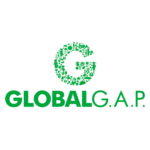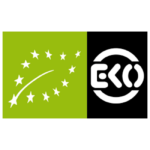Haddock
Iceland grounds (FAO 27)
Deelgebieden: Barents sea
Danish seine, Bottom otter trawl, Demersal longlines, Handlines and pole-lines, Gillnets
- Jan
- Feb
- Mar
- Apr
- May
- Jun
- Jul
- Aug
- Sep
- Oct
- Nov
- Dec
Cod-like fishes belong to the Gadidae family. This includes the Atlantic and Pacific cod, pouting, haddock, whiting, European pollock, Alaska pollock and saithe. They live near the seabed in coastal waters and in deeper waters. During the day, they aggregate in schools. At night, they separate to forage independently. Gadidae are omnivorous fish that feed on worms, molluscs, bivalves, crustaceans and small fish. They migrate over large distances to spawn and to hunt on large schools of herring and smelt.
Haddock is an important commercial species from the northeastern Atlantic Ocean. It is from the same family as Atlantic cod and lives in the same areas. Haddock lives close to the bottom at a depth of 10-200 m. It reaches a maximum length of 1 m and can get over 20 years old. Most traded specimens are 40-60 cm of length. They have a greenish brown dorsal side, a black lateral line and a distinctive dark blotch above the pectoral fin, often described as a “thumbprint” or even the “Devil’s thumbprint” or “St. Peter’s mark”.
Iceland grounds (FAO 27)
Deelgebieden: Barents sea
Danish seine, Bottom otter trawl, Demersal longlines, Handlines and pole-lines, Gillnets
Atlantic Ocean, north-east (FAO 27)
Deelgebieden: Skagerrak and Kattegat
Bycatch – fishing method: any gear type

Fish with the ASC label is farmed in a sustainable manner.

Fish with the MSC label is caught sustainably.
This fish is not being overfished or is being responsibly farmed, with minimal impact on the environment.
This fish is a second choice. There are still some improvements to be made in this fishery or fish farm.
Do not buy this fish. It's being overfished or the way it's farmed or caught has a negative impact on the environment.

There is fish available of this species that is farmed or caught using high welfare standards.

GlobalG.A.P. certified farms are doing a step in the right direction in terms of sustainability. A few species with this label are getting a better score on the VISwijzer.

Organic standards are the strictest when it comes to fish feed. They also require certain measures for animal well-being.